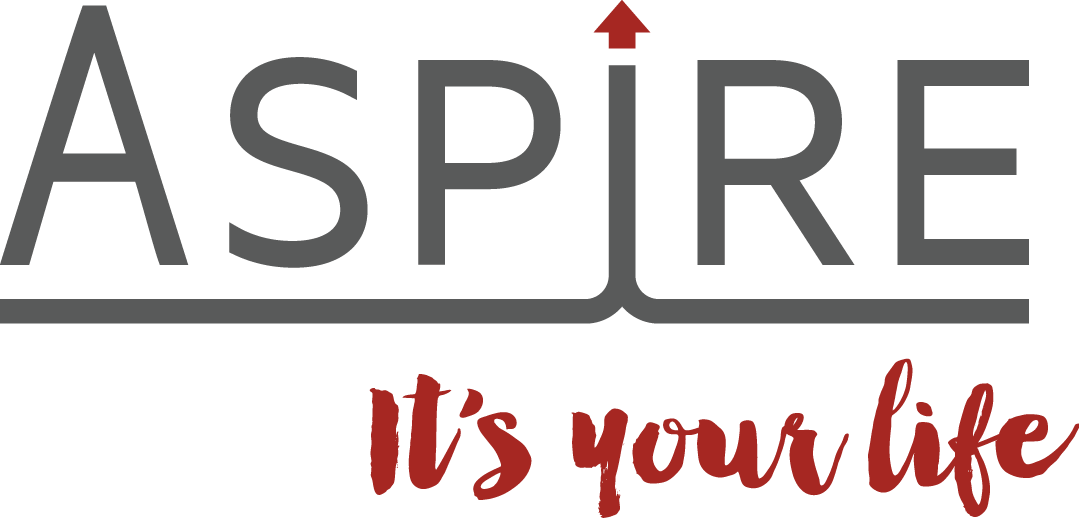How to boost your Super before June 30th
We are approaching 30th June, so we asked Financial Adviser Leandro Bonin to give us the low-down on Super Contributions and the end of the financial year (EOFY).
As the end of another financial year approaches, now it is an excellent time to consider boosting your retirement savings by making additional contributions to your superannuation.
There are different types of contributions available, and each comes with different tax implications.
The easiest way to top up your super is through a personal contribution. You may even be able to claim a tax deduction on that to reduce your taxable income.
Let’s have a look at some ways you can contribute:
- Concessional contributions (pre-tax): these are the most common type of contributions and are made with pre-tax income. These contributions include employer contributions, salary sacrifice, and personal contributions where you claim a tax deduction.
- Non-concessional contributions (after-tax): these are made with after-tax income which there is no tax deduction. While non-concessional contributions don't reduce your taxable income, they can still be a great option to boost your superannuation balance.
- Spouse contributions: if your spouse earns less than $40,000 per year, you may be eligible to make spouse contributions with after-tax income and claim a tax offset of up to $540.
- Government co-contributions: eligible low-income earners that make personal after-tax contributions to their superannuation, may be eligible for a government co-contribution of up to $500. The amount you receive depends on your income and the amount of your personal contributions.
- Downsizer contribution: if you are 55 years old or older, you may be eligible to contribute up to $300,000 ($600,000 if you are a couple) into you super when you sell your home.
What are the contributions limits?
A cap applies for these contributions each financial year. It is important to review these limits before making contributions, otherwise there will be extra tax to be paid.
For concessional contributions (pre-tax), the current cap is $27,500. For those with less than $500,000 in Super, there may be an option to access unused cap amounts from previous year without triggering additional tax. This may be a good option to consider if you have some capital gains tax to pay.
The limit for non-concessional contributions is $110,000 each year. You may be eligible to contribute up to three years of contributions or $330,000 during one financial year. This figure may vary as it will depend on your existing super balance.
Can I save tax?
Superannuation is a tax friendly environment that helps you save for your future retirement. By making extra contributions and enhancing your super balance, you can also potentially lower your tax bill.
Concessional contributions are taxed at only 15% in your super fund, which for most people is lower than their marginal tax rate. For some individuals, this tax rate can reach up to 45%.
For those who earn over $250,000 though, there will be an additional tax to be paid on contributions.
In summary, topping up your superannuation before the end of the financial year can be a smart move to grow your balance as well as potentially reduce your taxable income. Consider talking to a professional to ensure you optimise your contributions while staying within the limits available each year.
If you would like to explore your options or discuss any other super strategies, please feel free to reach out to us.


